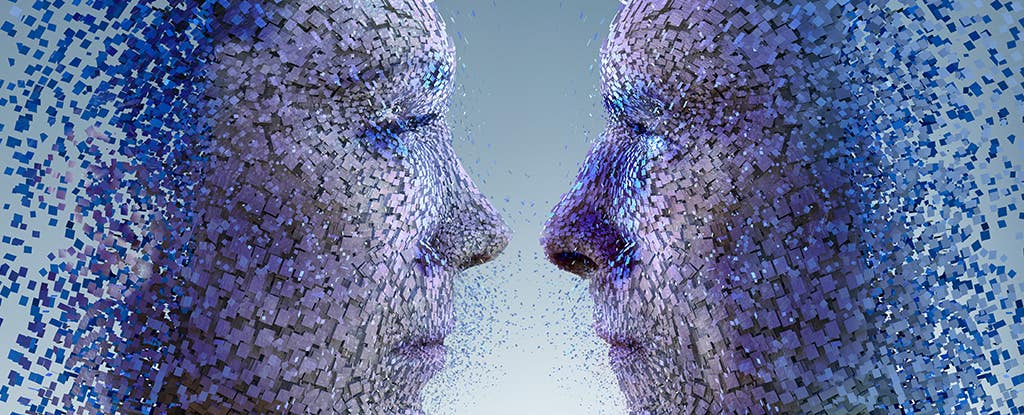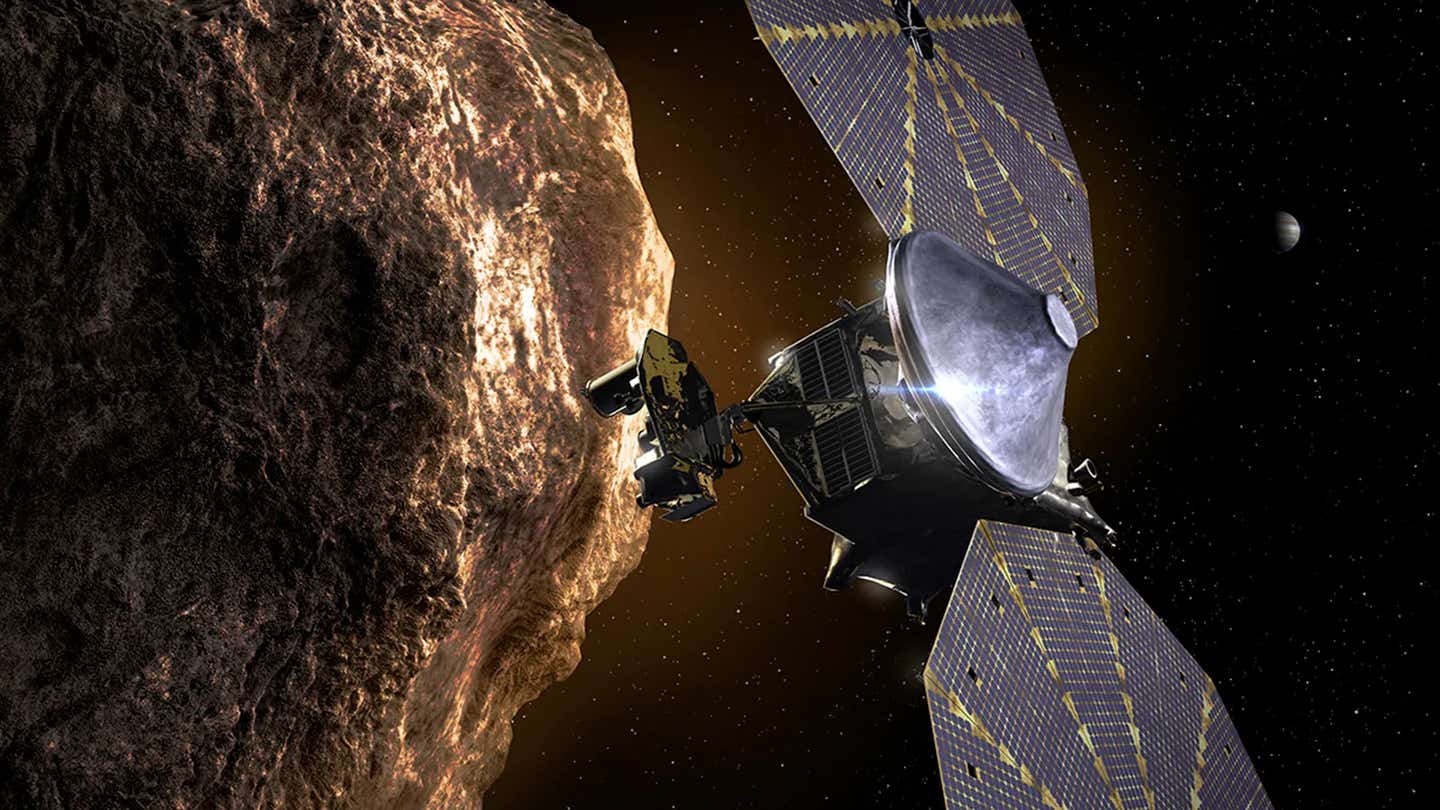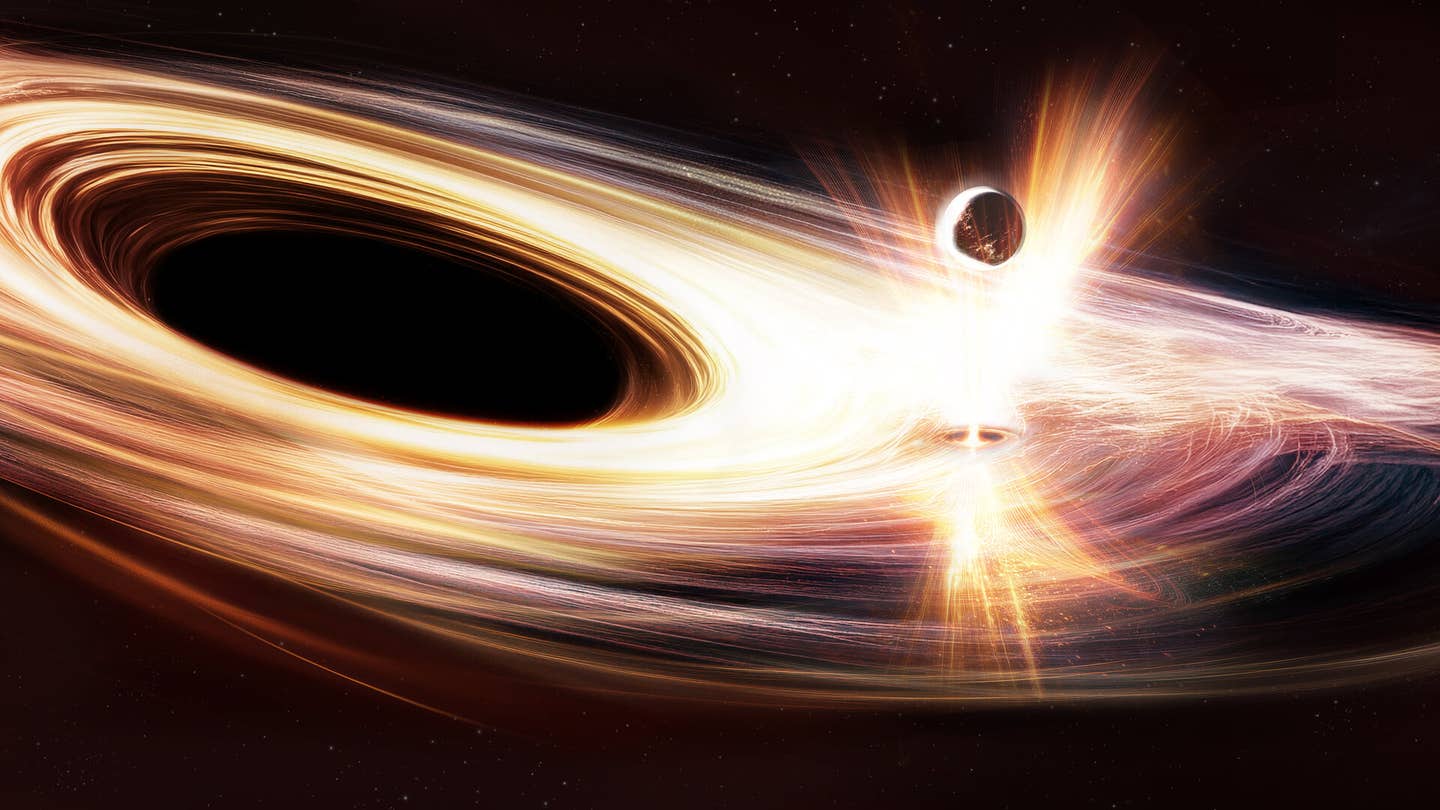Scientists find that our reality is nothing but a computer simulation
Everything we perceive—our emotions, relationships, even our sense of self—might merely be digital representations within an artificial construct.

This study leads to the extraordinary possibility that our entire Universe might in fact be a computer simulation. (CREDIT: Colin Anderson Productions pty ltd/Getty Images Plus)
As sunlight filters through the trees and the soft hum of conversation fills the air, you sit in a café, cradling a warm cup of coffee. In this serene moment, a thought crosses your mind: Is everything around you real, or could it all be part of an elaborate illusion?
It’s a notion that seems straight out of science fiction, yet it echoes a profound question about the nature of reality itself. Could our entire existence be nothing more than a digital construct running on an advanced computer system?
The Simulation Hypothesis
This provocative idea is at the heart of the “simulation hypothesis,” a philosophical concept introduced in 2003. It proposes that if a civilization becomes technologically advanced enough to simulate the Universe, including consciousness, then it’s statistically more likely that we are living in one of those simulations rather than in the original, base reality.
Once dismissed as a fringe theory, the simulation hypothesis is now gaining traction, not just among philosophers but also within the scientific community, where emerging research is giving it new credibility. At its core, the simulation hypothesis suggests a disquieting possibility: everything we perceive—our emotions, relationships, even our sense of self—might merely be digital representations within an artificial construct.
Under this framework, our experiences are not grounded in an objective reality but are instead programmed responses within a hyper-realistic virtual environment. This raises profound questions about free will, consciousness, and the very nature of existence itself.
Despite its speculative nature, the theory continues to fascinate scientists who are on the lookout for empirical evidence. They are exploring whether the rules governing our universe, such as the constants of physics, might exhibit anomalies indicative of a simulated environment. Surprisingly, recent research has yielded findings that are not only intriguing but also potentially revolutionary, fueling the debate even further.
One of the most compelling developments comes from the work of physicist Melvin Vopson and mathematician Serban Lepadatu at the Jeremiah Horrocks Institute for Mathematics, Physics, and Astronomy in the UK. They have formulated what they call the second law of infodynamics, a principle that could offer the first tangible evidence supporting the simulation hypothesis.
Their research suggests that information itself has mass and follows thermodynamic laws, hinting at the possibility that the universe is essentially a vast computational system.
In a recent paper in AIP Physics, Vopson notes, "The 2022 discovery of the second law of information dynamics (infodynamics) facilitates new and interesting research tools at the intersection between physics and information." He delves deeper into its implications across digital information, genetic data, atomic physics, mathematical symmetries, and cosmology, suggesting a potential scientific foundation for the simulation hypothesis.
At its essence, the second law of infodynamics draws inspiration from the second law of thermodynamics. The latter posits that any natural process will ultimately lead to an increase in entropy (disorder) and an energy loss. Drawing a parallel, Vopson, who believes information might be a variant of matter, anticipated a similar disorderly behavior for information systems.
However, on observing digital data storage systems and RNA genomes, Vopson made an intriguing discovery: these systems did not exhibit an increase in 'information entropy' over time. Instead, it either stabilized or reduced.
"I knew then that this revelation had far-reaching implications across various scientific disciplines," Vopson expresses. Eager to take this discovery further, he sought to examine if this new law could bolster the simulation hypothesis, pushing it from the realm of mere philosophy to mainstream scientific discourse.
Implications across Scientific Domains
Vopson's exploration into this law's repercussions on varied fields has yielded some captivating findings:
Genetics: Analyzing RNA sequences from different SARS-CoV-2 variants, Vopson noted a decrease in information entropy as mutations occurred, hinting at a mechanism driven by the second law of infodynamics, rather than mere randomness.
Atomic Physics: Electrons within atoms seemed to align themselves to minimize information entropy.
Cosmology: The ever-expanding universe requires a balance—physical entropy's growth must be counteracted by a proportional decrease in information entropy.
Symmetry: The pervasive symmetry we observe in nature, be it in delicate snowflakes or majestic spiral galaxies, can be elucidated by this law. Vopson elucidates, "Symmetry principles play an important role with respect to the laws of nature, but until now there has been little explanation as to why that could be. My findings demonstrate that high symmetry corresponds to the lowest information entropy state, potentially explaining nature's inclination towards it."
The similarity between these processes and computer operations—such as deleting superfluous code or optimizing power consumption—reinforces the simulation theory. Vopson observes, "This approach... supports the idea that we're living in a simulation."
The Future: Testing the Hypothesis
The next course of action involves experimental validation. If the simulation hypothesis holds, information becomes the bedrock of our universe, akin to computing bits. Vopson has also previously mooted the idea that this information might possess mass. Should this be true, the annihilation of information in particle-antiparticle collisions could offer empirical evidence.
However, this begs an even more profound question: If our universe is merely a streamlined and optimized simulation, what kind of intricate system governs it? And who—or what—constructed it?
While we might be a long way off from deciphering these mysteries, perhaps there exists, or will emerge, a program that might help us understand the essence of our universe and the reality (or unreality) we inhabit.
In the interim, as we sip our coffee under the dappled sunlight, perhaps it's worth pondering: in an infinite digital cosmos, where do we truly stand?
Note: Materials provided above by The Brighter Side of News. Content may be edited for style and length.
Like these kind of feel good stories? Get The Brighter Side of News' newsletter.
Joseph Shavit
Head Science News Writer | Communicating Innovation & Discovery
Based in Los Angeles, Joseph Shavit is an accomplished science journalist, head science news writer and co-founder at The Brighter Side of News, where he translates cutting-edge discoveries into compelling stories for a broad audience. With a strong background spanning science, business, product management, media leadership, and entrepreneurship, Joseph brings a unique perspective to science communication. His expertise allows him to uncover the intersection of technological advancements and market potential, shedding light on how groundbreaking research evolves into transformative products and industries.



